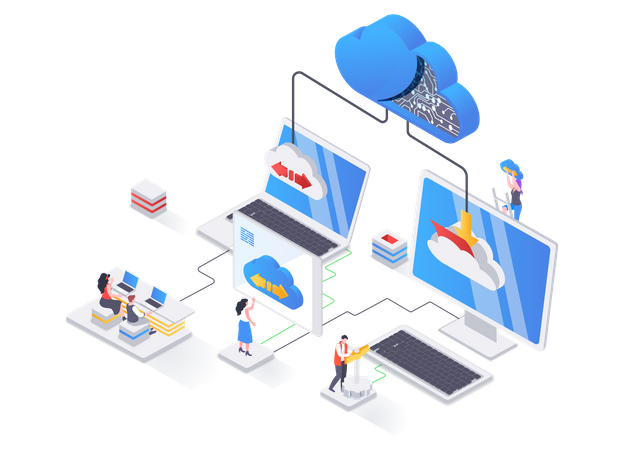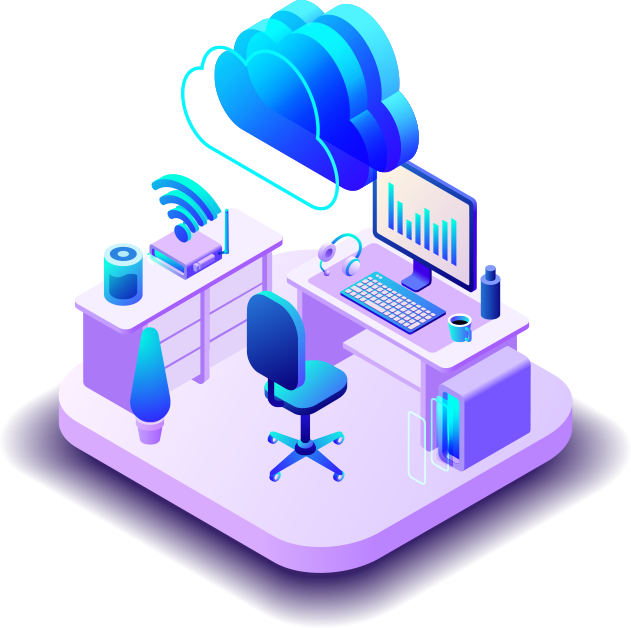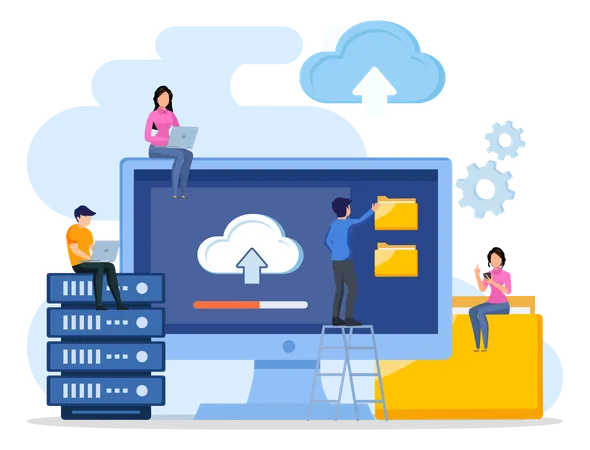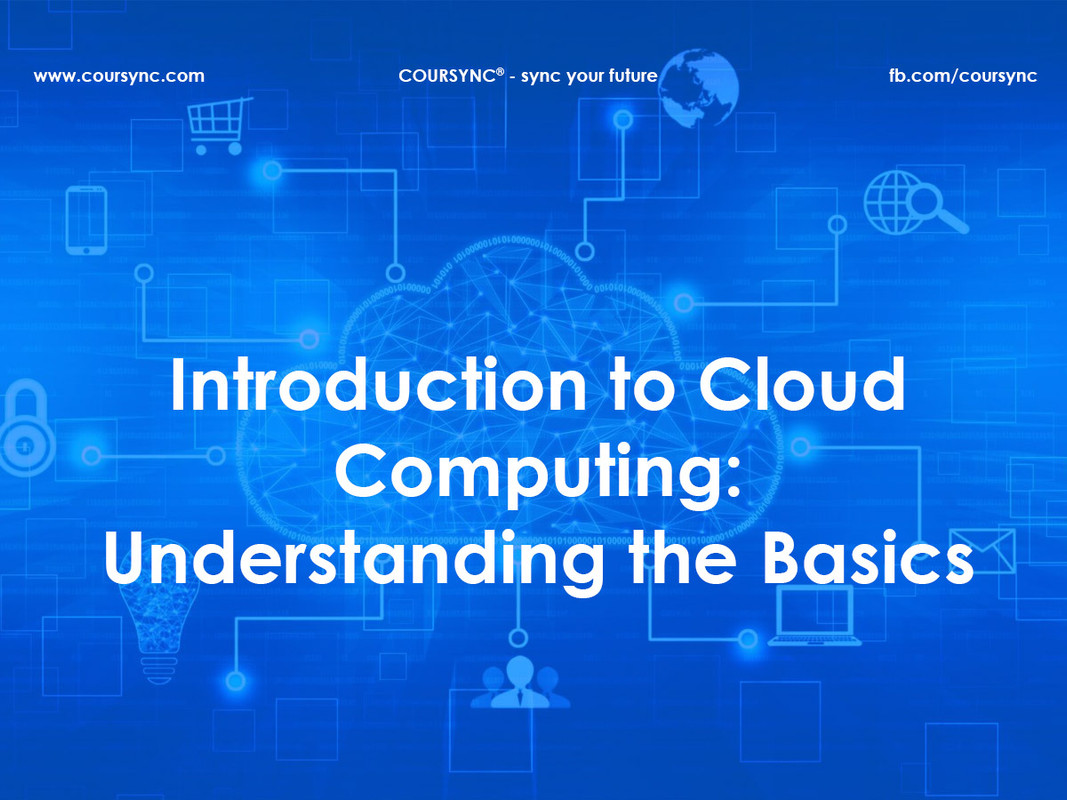
In today’s digital age, businesses and individuals alike are increasingly turning to cloud computing to meet their technological needs. If you’re new to this concept, this Introduction to Cloud Computing: Understanding the Basics will help you understand the basics and why it’s a game-changer in the world of technology.
What is Cloud Computing?
Cloud computing refers to the delivery of computing services such as servers, storage, databases, networking, software, and analytics over the internet, commonly known as “the cloud.” This allows for faster innovation, flexible resources, and economies of scale. Essentially, instead of owning their own computing infrastructure or data centers, companies can rent access to anything from applications to storage from a cloud service provider.

Why is Cloud Computing Important?
- Cost Efficiency
One of the most significant benefits of cloud computing is cost efficiency. By leveraging cloud services, businesses can avoid the upfront cost and complexity of owning and maintaining their own IT infrastructure. This “pay-as-you-go” model means you only pay for what you use, reducing unnecessary expenditure.
- Scalability
Cloud computing provides the flexibility to scale resources up or down as needed. This scalability ensures that businesses can handle varying workloads without investing in physical infrastructure, which can be costly and time-consuming to upgrade.
- Performance
Cloud services run on a worldwide network of secure data centers, which are regularly upgraded to the latest generation of fast and efficient computing hardware. This offers several benefits over a single corporate data center, including reduced network latency for applications and greater economies of scale.
- Security
Cloud providers offer a set of policies, technologies, and controls that strengthen your security posture overall, helping protect data, apps, and infrastructure from potential threats. This can be a more secure approach than traditional on-premises data centers, which might lack the same breadth of security features and expertise.

Types of Cloud Computing
Understanding the different types of cloud computing is crucial for making the right choice for your needs. The primary models are:
- Public Cloud
In a public cloud, resources such as servers and storage are owned and operated by a third-party cloud service provider and delivered over the internet. Microsoft Azure, Amazon Web Services (AWS), and Google Cloud Platform are some examples. In a public cloud, all hardware, software, and other supporting infrastructure are owned and managed by the cloud provider.
- Private Cloud
A private cloud consists of cloud computing resources used exclusively by a single business or organization. A private cloud can be physically located at your organization’s on-site data center, or it can be hosted by a third-party service provider. The private cloud is especially beneficial for businesses with unpredictable computing needs that require direct control over their environment.
- Hybrid Cloud
A hybrid cloud is a combination of public and private clouds, bound together by technology that allows data and applications to be shared between them. By allowing data and apps to move between private and public clouds, a hybrid cloud gives businesses greater flexibility and more deployment options.

Common Uses of Cloud Computing
Cloud computing is versatile and can be used in a variety of ways. Here are some common use cases:
- Data Storage and Backup
Businesses use cloud computing for data storage and backup. This ensures that data is safely stored off-site and can be quickly accessed or restored in the event of a disaster.
- Hosting Websites and Blogs
Cloud computing allows for the hosting of websites and blogs with high availability and performance. It can handle traffic spikes and offers tools for content management and development
- Software Development and Testing
Developers use cloud environments to create, test, and deploy applications. This enables faster development cycles and more efficient testing processes.
- Big Data Analytics
Cloud computing provides the power needed to analyze massive datasets, helping businesses gain insights and make informed decisions based on data.
- Streaming Services
Cloud infrastructure supports streaming services like Netflix and Spotify, allowing them to deliver content smoothly to millions of users worldwide.

Conclusion
Cloud computing is an essential part of modern business strategy, offering unprecedented levels of flexibility, efficiency, and cost savings. Whether you’re a small business looking to streamline operations or a large enterprise aiming to innovate and scale, understanding the basics of cloud computing is the first step toward harnessing its full potential.
As you delve deeper into the world of cloud computing, remember that the right cloud strategy can transform your business operations, enhance your performance, and drive growth. Embrace the cloud, and you’ll be well on your way to a more agile, responsive, and competitive future.


